Last year, Cool Green Science writer Justine Hausheer wrote about “trash birds,” or species of birds deemed undesirable by birders or others, sometimes because humans deem them destructive, and sometimes simply because of their abundant existence. The Australian white ibis, a ubiquitous and unpredictable “large, bald-headed bird” which had “taken on the ecological role of a pigeon, rifling through trash bins and skulking around city parks” was just one of many “trash birds” Hausheer describes.
As birders, we have grown to care more about rare or endangered species, for we see the common and very abundant cardinal or house sparrow all the time, so they are not as “cool” or “unique.” This is not to say don’t have that awe or fascination about a species you may encounter as often, say if you are traveling abroad or in a different part of the state, but it is a reminder to not forget about the common birds that exist just the same.
I read Hausheer’s post days before I witnessed the stunning, rare occurrence of a painted bunting who graced my local park here in Raleigh, NC. I later learned some states consider the species a trash bird. Speechless, I took to Instagram and made an educational post about the term, and my followers dove in quickly to give their opinions.
With some of their points being very eye-opening, I would like to take the time to share some of these thoughts with you in hopes that they will help us begin to re-think the use of the term “trash bird.”
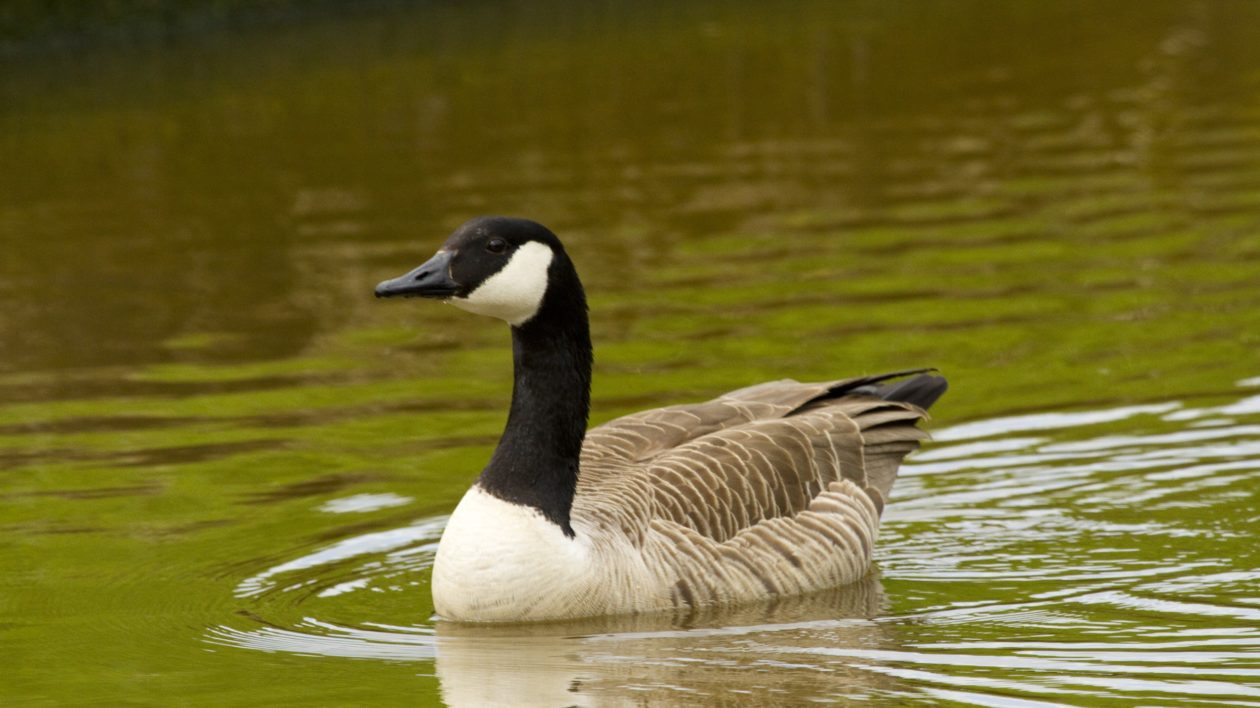
One Person’s Trash Bird is Another’s Spark Bird
Beginning naturalists and birders have to start somewhere. When just starting out learning how to identify different birds, the common birds are going to be seen; a birder must know how to identify these all the same!
“I think the term is awful,” says nature enthusiast Jessica Gutierrez. “Also it’s very exclusive language when it comes to getting people excited about birds. If a person is a beginner naturalist and gets excited about a common bird, feed into that energy! We need more people to care.”
I myself have witnessed Jessica’s comment firsthand. Every year I do bird banding demonstrations with one of my local parks and Raleigh’s Youth Conservation Corps, which most often includes minority students who may not have many opportunities to see birds at all, let alone up close.
“Even if a bird is ‘abundant’ in an area, it doesn’t mean everyone has the opportunity to see them all the time or that folks who do don’t derive joy from seeing them every day,” says Kimberly Callahan, a birder who lives in the Bay area.
That Carolina chickadee or house finch that I catch during my demonstration and let the students release will bring them joy. They could not care less that it’s not some glorious rare passerine from a different part of the world.
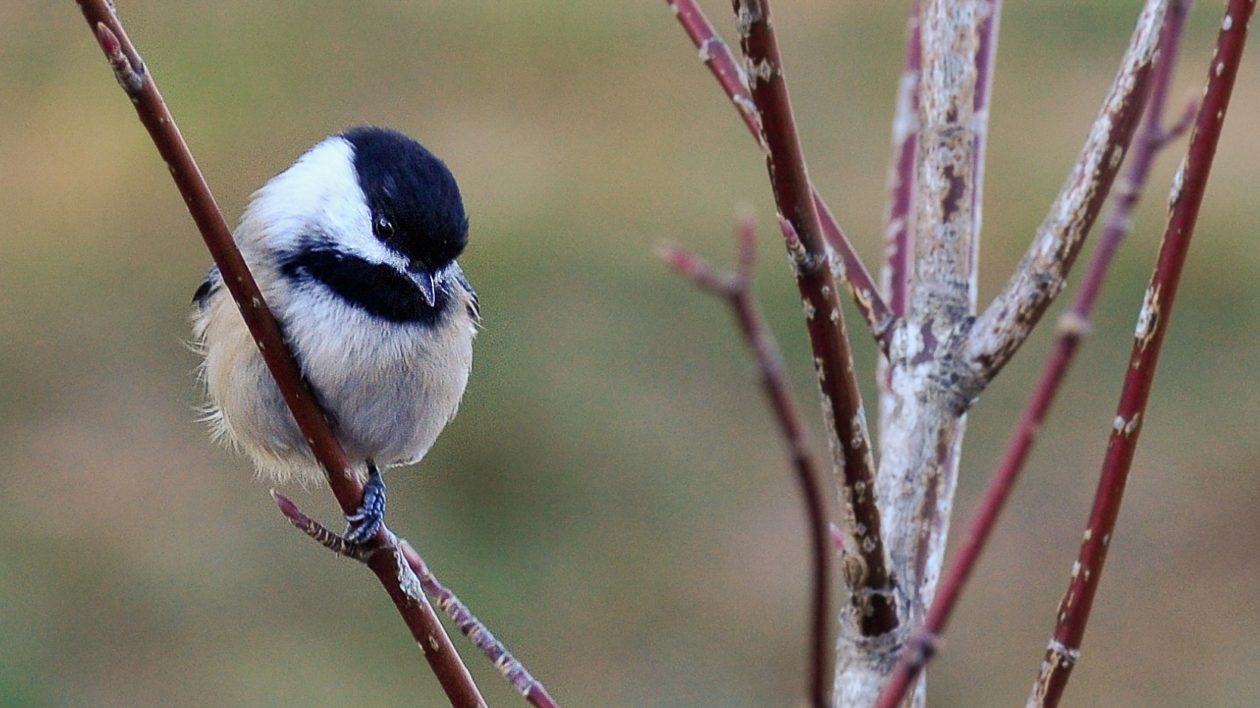
Every Bird is a Gift
A second point to consider is the idea and connotation of the term. For example, we may find ourselves using the term to describe a bird that literally eats or rummages around in trash. Although I could see how the idea behind this example could be justified, I personally still think it opens doors for other individuals to use the term in any way that they so please. If it’s not doing any harm in calling a bird that eats trash a trash bird, then sure, I can call a bird that I see often, or a bird that’s being a pest a trash bird.
“Personally, the idea of a ‘trash bird’ has always felt antithetical to why I watch birds,” explains Elijah Edwards, a young passionate birder. “I think we can get so wrapped up with seeing something rare or flashy that we forget every bird is a gift to see. Not to say we shouldn’t get excited by the uncommon, but rather the birds we see every day are our community members! I try and check myself anytime I say or think “oh, just a robin!” I think when we take that attitude, we stop ourselves from looking deeper and loving harder.”
This same idea goes for birds that are very abundant in our areas or those backyard birds that we just can’t stop seeing. Some common “trash birds” named by birders include the northern cardinal, house sparrow, common grackle, and even crows and ravens. Most often, geese and turkeys get the boot as well.
“I see northern cardinals every day but I don’t get tired of it,” says Dan Lopez, a bird enthusiast from southeast Louisiana. “Yes it gets repetitive but I don’t ever go “ugh, another cardinal.” I may be used to seeing them, but they’re still remarkable! All birds are!”
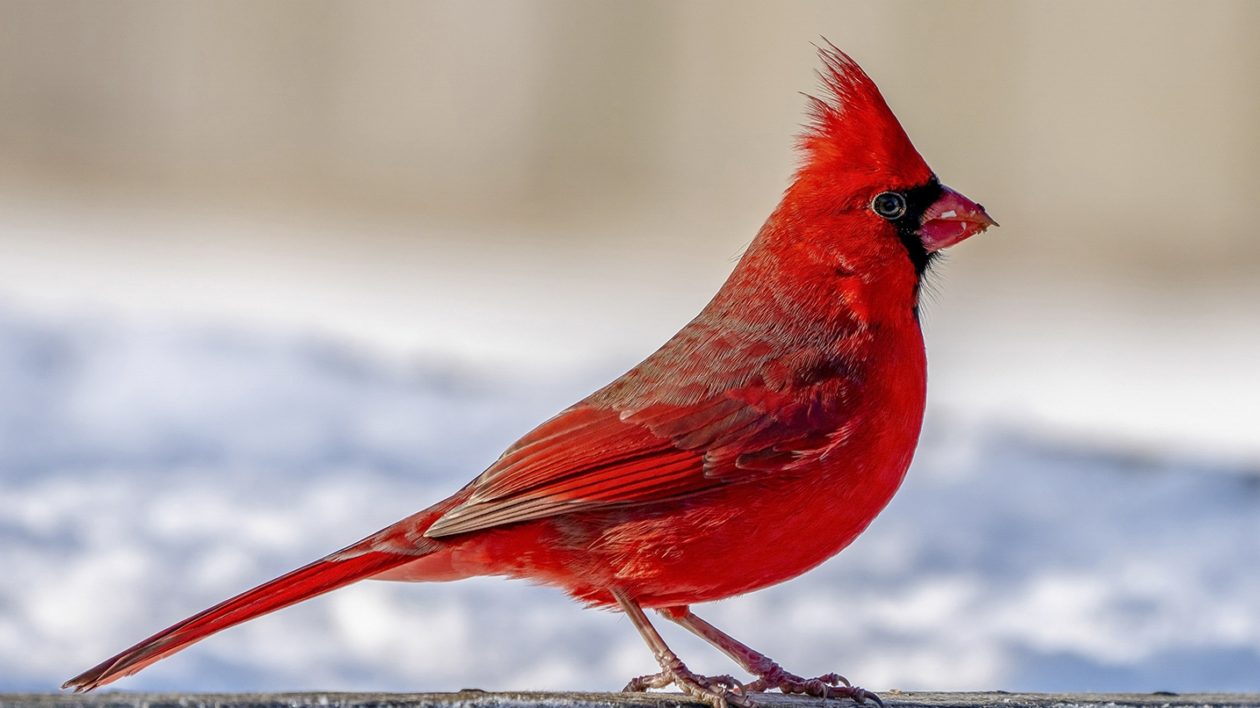
All Species Should Be Protected and Valued
It’s no surprise that invasive, or introduced species would get the same treatment as trash birds, for more than often we are geared towards admiring only native species, and giving invasive species a bad name.
However, native species still aren’t safe from our criticisms. For example, according to the American Trash Bird blog post by 10,000 Birds, we may or may not consider the American robin a trash bird, depending on the time of year. “In February, people pine for a glimpse of this herald of spring, but by April, the robin has already worn out its welcome.”
Birds are the only ones receiving the term “trash.” Other animals, like reptiles and amphibians do, too. Some worry that this association will continue to decrease the interest in conserving these species.
“I hate the concept of trash species,” explains Carla, a master herpetologist. “I work more with reptiles and amphibians than birds and there is a similar mindset in some areas towards reptile species too. I am not sure if it is true for birds, but with reptiles, it encourages people to [rid] of that species and not engage with conservation efforts for the species or the area it lives in.”
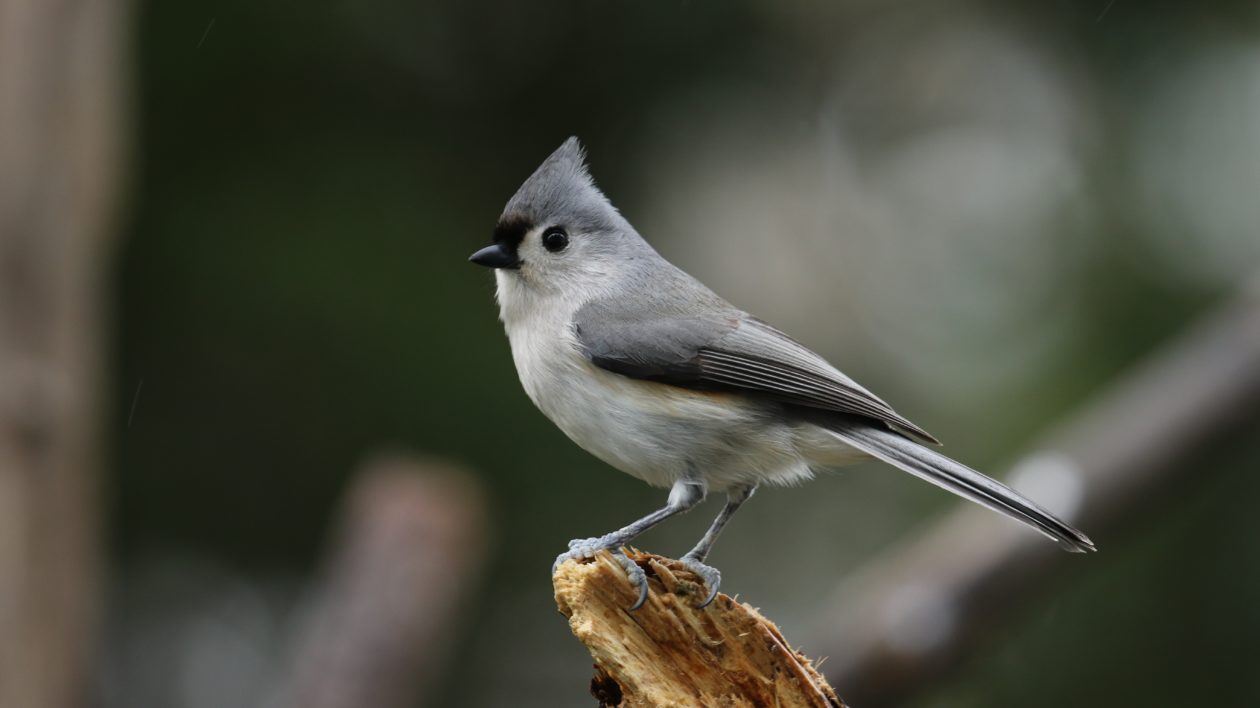
More Than Just a Tick on a List
So, the next time you are out birding, whether it be with a beginner birder, more experienced birders, or just yourself, I ask that you remember and take these key points into consideration. We should be grateful for any species of bird that we are seeing. Just picture a world without any birds, common or not.
“Species should be more than just a tick on a list,” notes Hausheer. “There is a deeply rewarding value to local knowledge, to learning the intimacies of the birdlife around you. Learning about bird biology and behavior makes you a better birder. There is no such thing as a trash bird.”
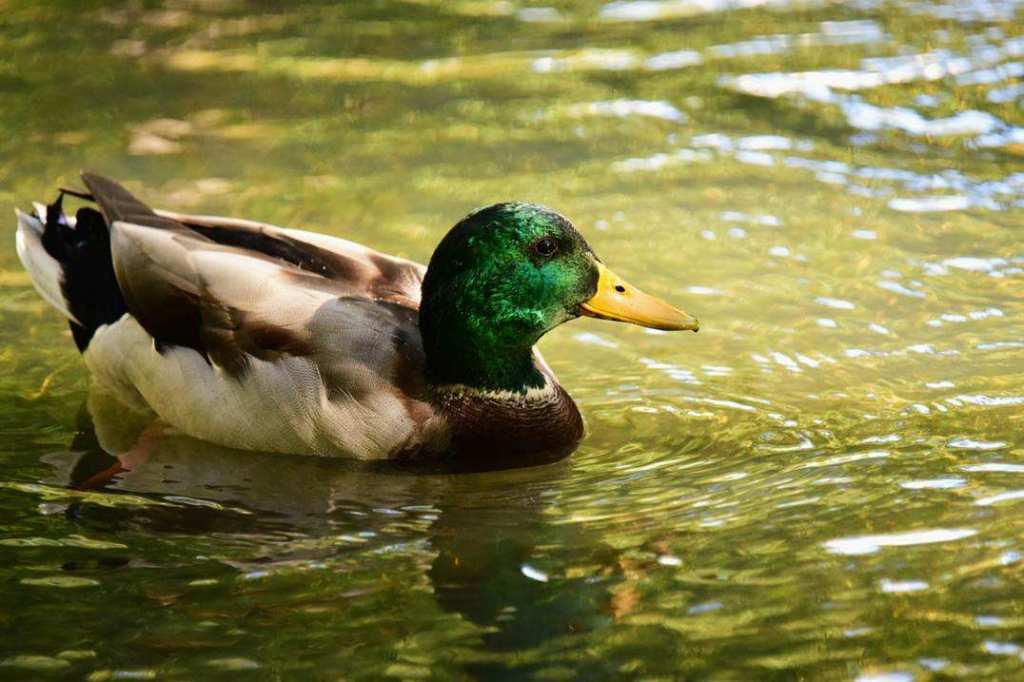



Birds are never trash and someone who thinks like that is a trash. We should definitely be considerate about them because their presence matters.
I have trouble with the concept of any bird being considered trash. But I also really am sad when I hear a kid being called a brat (or worse). At least the birds can’t hear the slur. If they could maybe we humans might get the same treatment. “Here comes another one of those trash mammals,” they might think.
Maybe they would have a point too.
My uncle lives in the U.K. and whenever he comes to visit, it reminds me of the wonder of our “every day birds” or “trash birds”. He is enthralled by the cardinals, titmice, and robins and helps me see them with a fresh set of eyes.